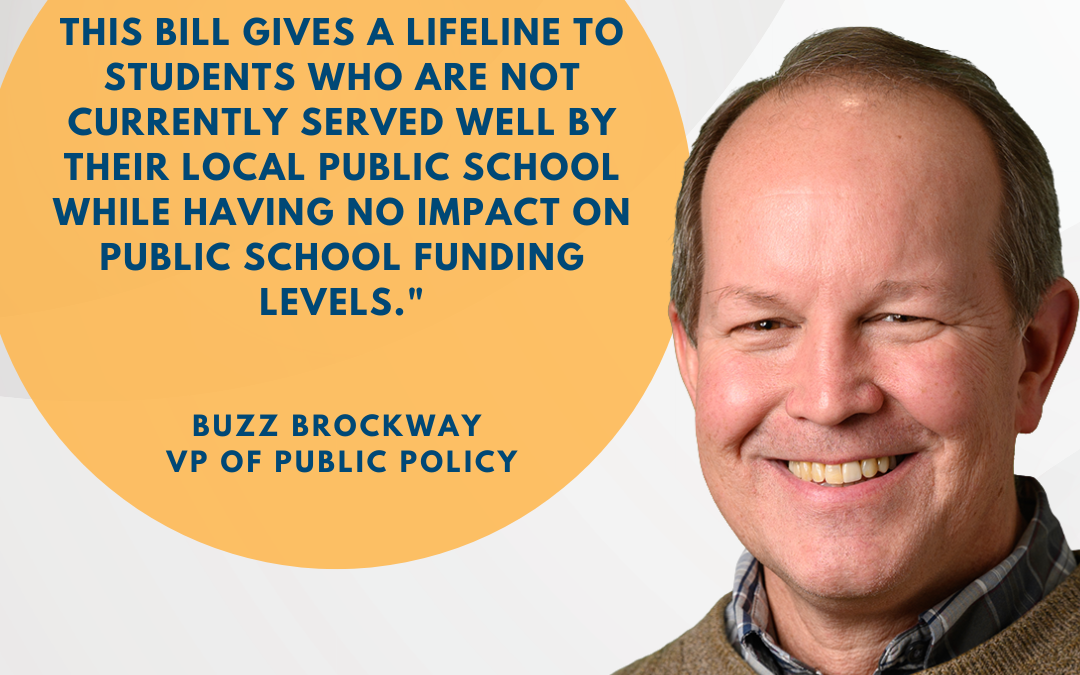
Let’s transform parenting in Georgia! Recapping the Raising Highly Capable Kids kickoff event

Let’s transform parenting in Georgia! Recapping the Raising Highly Capable Kids kickoff event
Key Points
- Positive relationships impact the opportunities and potential future for every child.
- GCO is partnering with RezilientKids to bring the evidence-based program, Raising Highly Capable Kids to the Gwinnett area.
- GCO is recruiting partners who are willing to local partners who could hold a class and for adults who might be interested in taking it.
Nothing has more impact on the life of a child than positive relationships.
That basic truth was the cornerstone of a kickoff event March 9 to launch the Raising Highly Capable Kids (RHCK) program across Georgia.
We’re thrilled to report that 43 people representing more than 20 community organizations attended the event at First United Methodist Church of Lawrenceville. The kickoff helped us build an inaugural network of RHCK trainers and liaisons who will help the Georgia Center for Opportunity (GCO) team bring the program to communities.

Attendees at the kickoff event heard from Angela Davis, regional representative for the Southeast region for RezilientKids, the national nonprofit that publishes the RHCK program. She shared how the program will work in Georgia.
Angela Davis of RezilientKids shares the power of Raising Highly Capable Kids with Gwinnett-area leaders.
Angela Davis of RezilientKids shares the power of Raising Highly Capable Kids with Gwinnett-area leaders.
What is RHCK?
GCO has partnered with RezilientKids to present the program to adults across Georgia. RHCK is a 13-week evidence-based parenting program developed to build stronger families by empowering parents with the confidence, tools, and skills they need to raise healthy, caring, and responsible children.
The program increases parents’ knowledge and skill level of the essential building blocks every child needs — the 40 Development Assets from Search Institute, which are proven to increase childhood resiliency and academic achievement.
The lessons are available to schools, nonprofits, churches, and other organizations focused on helping to build stronger families for Georgia — and ultimately stronger communities. Through a community grant issued by RezilientKidz, GCO is facilitating course offerings for interested parents who want to learn more effective skills and strategies as they raise their children.
What’s next?
We’re still looking for partners across Georgia to bring the RHCK program to parents. We are starting an interest list for local partners who could hold a class and for adults who might be interested in taking it.
If you are interested in referring contacts or getting involved in other ways, contact Joyce Mayberry, JoyceM@foropportunity.org, to start the conversation.








